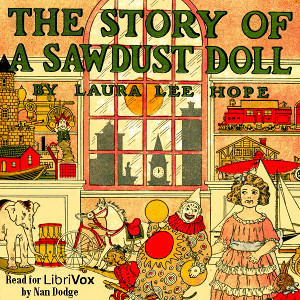
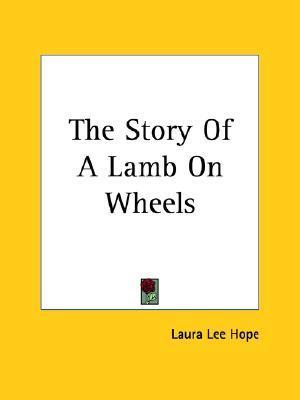
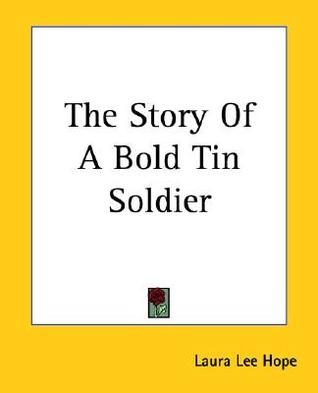
Books in series

The Story of a Sawdust Doll
1920

The Story Of A Lamb On Wheels
1920

The Story Of A Bold Tin Soldier
1920
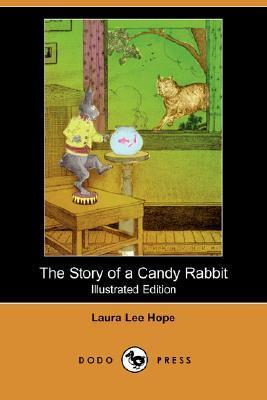
The Story of a Candy Rabbit
1920
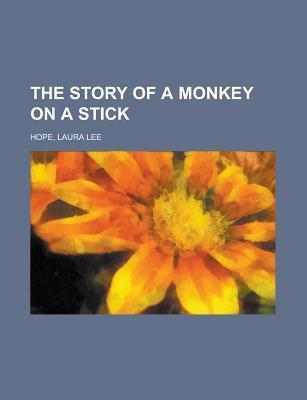
The Story of a Monkey on a Stick
1920

The Story of a China Cat
2007
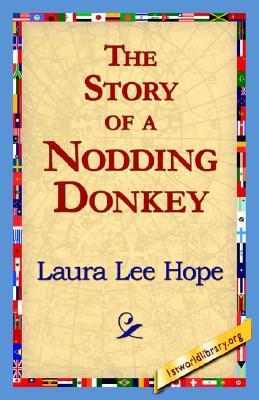
The Story of a Nodding Donkey
1921
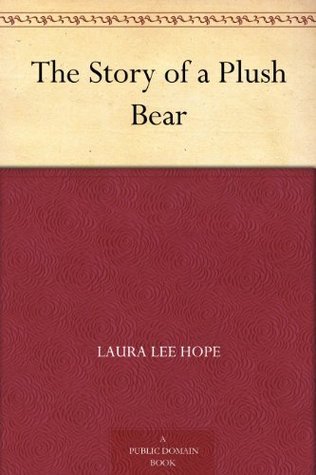
The Story of a Plush Bear
1921
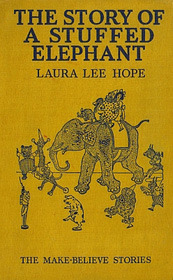
The Story of a Stuffed Elephant
1922
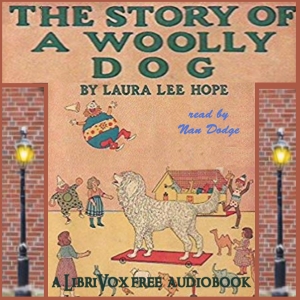
The Story of a Woolly Dog
1900
Author
Laura Lee Hope is a pseudonym used by the Stratemeyer Syndicate for the Bobbsey Twins and several other series of children's novels. Actual writers taking up the pen of Laura Lee Hope include Edward Stratemeyer, Howard and Lilian Garis, Elizabeth Ward, Harriet (Stratemeyer) Adams, Andrew E. Svenson, June M. Dunn, Grace Grote and Nancy Axelrad. Laura Lee Hope was first used in 1904 for the debut of the Bobbsey Twins, the principal characters of what was, for many years, the Stratemeyer Syndicate's longest-running series of children's novels. Other series written under this pseudonym include: The Outdoor Girls (23 vols. 1913-1933), The Moving Picture Girls (7 vols. 1914-1916), Bunny Brown (20 vols. 1916-1931), Six Little Bunkers (14 vols. 1918-1930), Make Believe Stories (12 vols. c. 1920-1923), and Blythe Girls (12 vols. 1925-1932). The first of the 72 books of the Bobbsey Twins series was published in 1904, the last in 1979. The books related the adventures of the children of the middle-class Bobbsey family, which included two sets of mixed-gender fraternal twins: Bert and Nan, who were 12 years old, and Flossie and Freddie, who were six. Edward Stratemeyer himself is believed to have written the first volume in its original form in 1904. When the original series was brought to its conclusion in 1979, it had reached a total of 72 volumes. At least two abortive attempts to restart the series were launched after this, but in neither effort was the popularity of the original series achieved. Speculation that Stratemeyer also wrote the second and third volumes of the series is believed to be incorrect; these books are now attributed to Lilian Garis, wife of Howard Garis, who is credited with volumes 4–28 and 41. Elizabeth Ward is credited with volumes 29–35, while Harriet Stratemeyer Adams is credited with 36–38, 39 (with Camilla McClave), 40, 42, 43 (with Andrew Svenson), and 44–48. Volumes 49–52 are attributed to Andrew Svenson, while 53–59, and the 1960s rewrites of 1–4, 7, 11–13, and 17, are attributed to June Dunn. Grace Grote is regarded as the real author of 60–67 and the rewrites of 14 and 18–20, and Nancy Axelrad is credited with 68–72. Of the 1960s rewrites not already mentioned, volumes 5 and 16 are credited to Mary Donahoe, 6 and 25 to Patricia Doll, 8–10 and 15 to Bonnibel Weston, and 24 to Margery Howard. —from Wikipedia